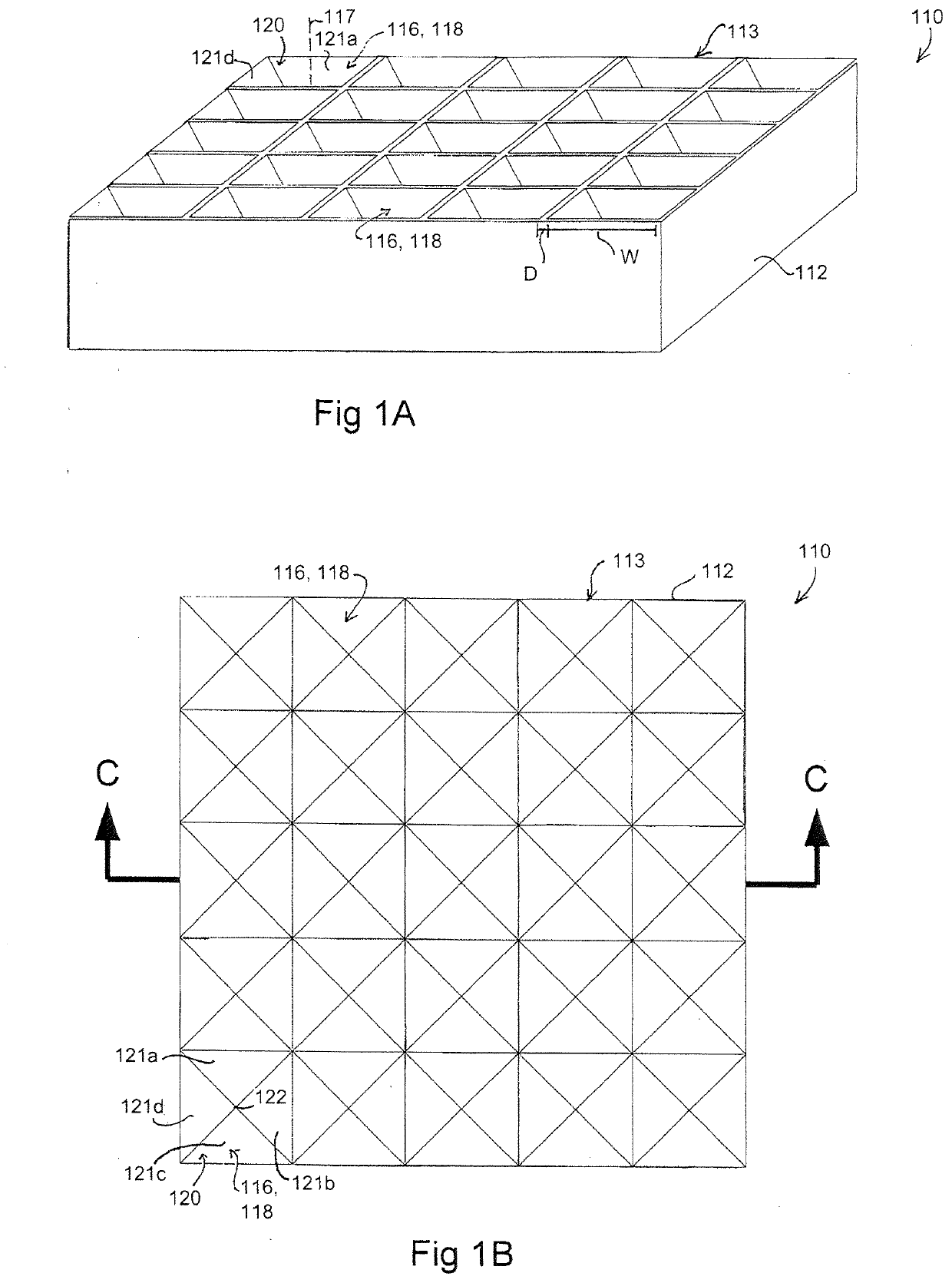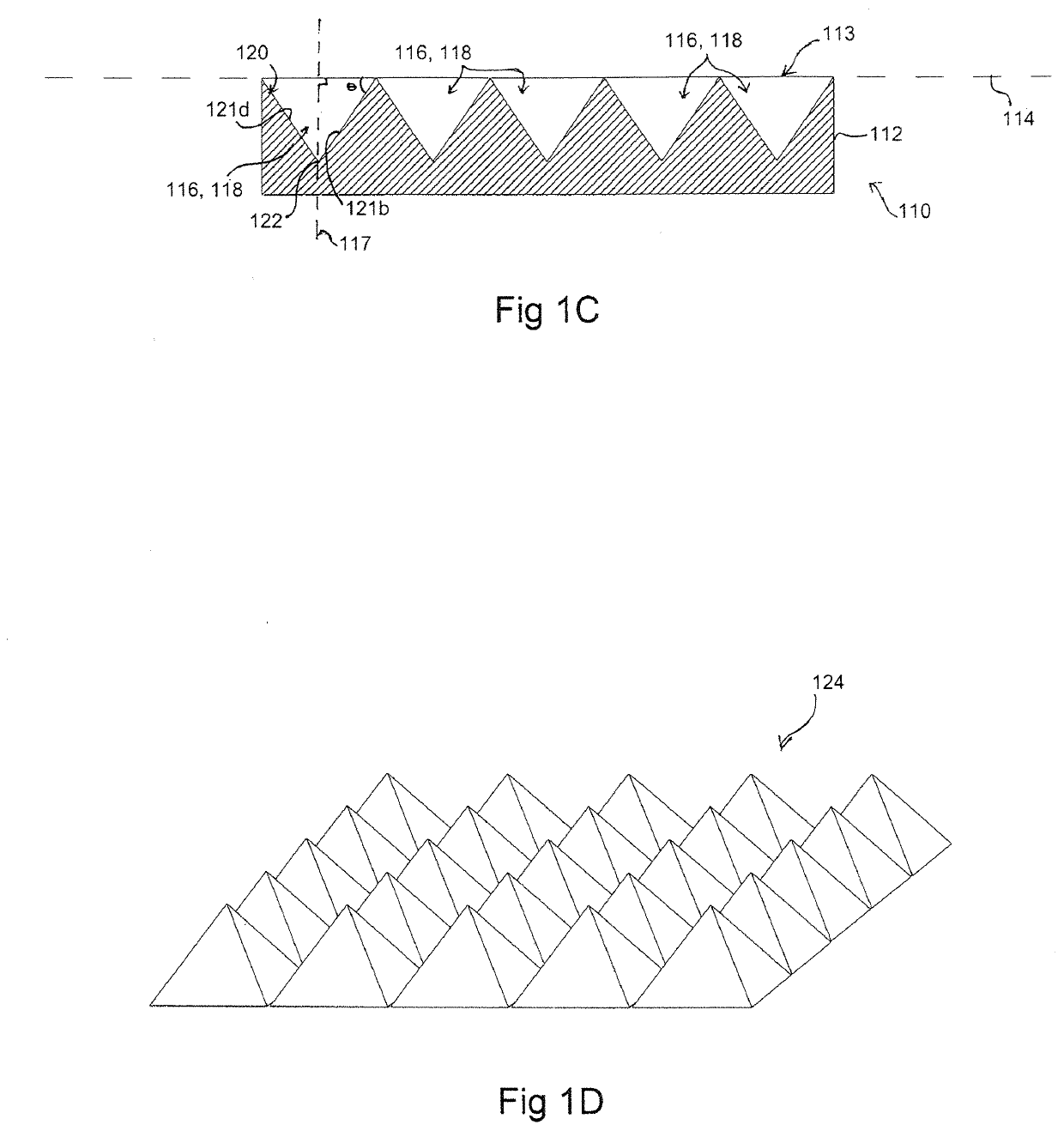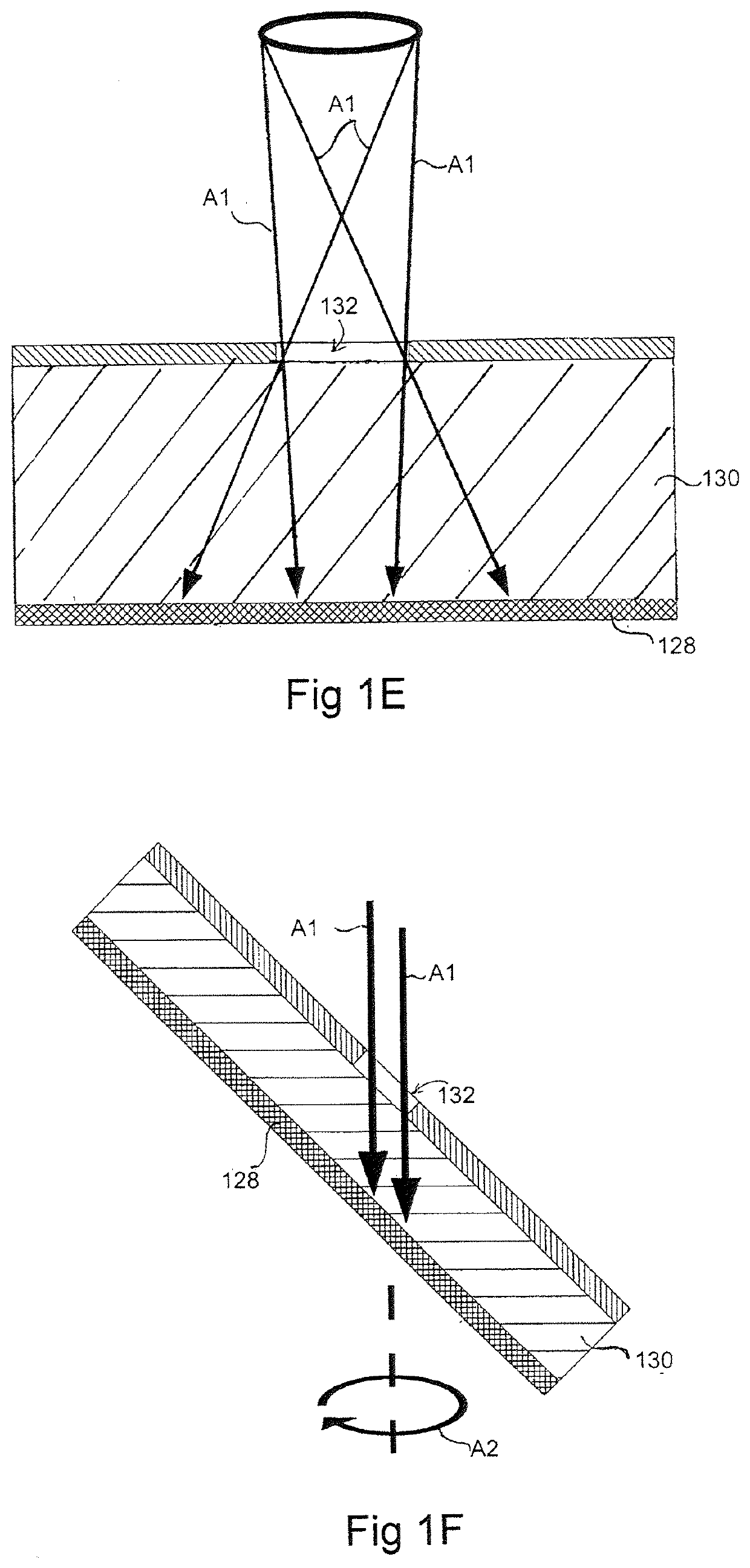Devices and methods for production of cell aggregates
a cell aggregate and cell technology, applied in the field of cell aggregate devices and methods, can solve the problems of inability to achieve automation and scale-up, inability to consistently form high-quality aggregates in hesc cultured using standard techniques, and inefficiency and contamination of residuals, etc., to achieve the effect of reducing the chaos and disorder characteristi
- Summary
- Abstract
- Description
- Claims
- Application Information
AI Technical Summary
Benefits of technology
Problems solved by technology
Method used
Image
Examples
example 1
crowells for the Generation of hESC Aggregates
[0173]A silicon master mould was generated via KOH anisotropic etching techniques as described previously, see FIG. 2 left column, and PDMS replica moulding was employed to generate a tiled array of microwells in PDMS as described above (Paragraphs 0025, 0071), see FIG. 2 center and right columns. Sections of the arrays of 800 and 200 micron PDMS microwells were cut manually to size with a razor blade, and transferred into individual wells in a 96-well plate. A single-cell suspension of hESC cultured on Matrigel was then centrifuged onto the surfaces in the presence of 10 M of the ROCK inhibitor Y-27632, and incubated overnight. The following day, the resulting aggregates were recovered by manual pipetting (see FIG. 3). As the PDMS microwell arrays were cut to size manually for this prototype experiment, coverage of the well bottom was imperfect, resulting in the formation of some randomly-sized aggregates from cells that did not fall in...
example 2
n of Uniform hESC Aggregates without Centrifugation
[0174]hESC cultured on Matrigel were treated with 10 μM Y-27632 and allowed to settle into 200 micron PDMS microwells in the device schematized in FIGS. 1A-F and depicted FIG. 2 without further centrifugation, and aggregate for 24 hours. FIG. 4 upper panel shows the aggregates in the microwells, lower panel shows aggregates after extraction.
example 3
crowells as a Culture Surface
[0175]hESC cultured on MEF were pre-treated with serum containing medium for 48 hours, and centrifuged into 200 micron PDMS microwells. FIG. 5 upper panel shows the aggregates in the microwells after 24 hours. A portion of the aggregates were extracted, the remainder were refed in situ, lower panel shows aggregate development after an additional 48 hours in the wells. As shown in FIG. 6, objects prepared using any technique (in this case forced aggregation of hESC in a 96-well plate format) may be transferred onto microwell surfaces for culturing, facilitating observation and refeeding and inhibiting interactions between objects.
PUM
 Login to View More
Login to View More Abstract
Description
Claims
Application Information
 Login to View More
Login to View More - R&D
- Intellectual Property
- Life Sciences
- Materials
- Tech Scout
- Unparalleled Data Quality
- Higher Quality Content
- 60% Fewer Hallucinations
Browse by: Latest US Patents, China's latest patents, Technical Efficacy Thesaurus, Application Domain, Technology Topic, Popular Technical Reports.
© 2025 PatSnap. All rights reserved.Legal|Privacy policy|Modern Slavery Act Transparency Statement|Sitemap|About US| Contact US: help@patsnap.com



